After the lockdown ends(1), Mahler will be smaller
mainThe first of a short series.
Deborah Borda, president of the New York Philharmonic, is one of the first authotiries in the music world to acknowledge that, after the Covid break, it will not be business as usual. ‘I think it’s realistic, not pessimistic, to say that we will not return to what it was,’ she told Anne Midgette.
What will have to change? Well, for the rest of the year at least there will be restrictions on the number of musicians on stage and guidelines on the distance to be maintained between them.
That will mean no big symphonies, starting with Mahler.
If conductors demand the right to perform Mahler, they will have to play with reduced forces. The means are available. Arnold Schoenberg commissioned a reduction of the 4th symphony from Erwin Stein for his Society for Private Musical Performances and made a small score of his own for Das Lied von der Erde.
My friend Gilbert Kaplan, in his very last musical initiative, created a reduction of the 2nd symphony that Universal Edition put in print.
Benjamin Britten created a miniature version of the second movement of the third symphony. There are versions in progress of the 9th and 10th symphonies.
The Berlin Philharmonic will play the Stein reduction of #4 at its comeback concert this Friday. It will have novelty value
But after that, what?
Mahler is all about physical impact. You need the full hundred – the full thousand in the eighth – to grasp that this composer intends to blow down the walls of the concert hall and reconnect the musical experience to the outside world (‘es muss alles umfassen’).
After Covid, Mahler may have to become the music of the Hollywood Bowl.
Inside the concert hall, we’ll have to do without him for couple of years. And without Beethoven 9th, Schoenberg Gurrelieder, much of Berlioz, Bruckner, Strauss, Prokofiev, Shostakovich and more.
What that means is we’ll need to rethink the core concert repertoire from scratch.
And about time, too.
It’s an amazing opportunity.
Your thoughts?
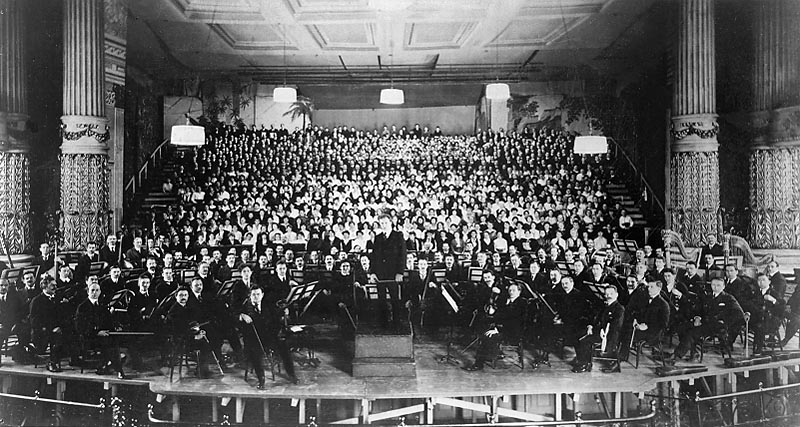
UPDATE: After the lockdown ends(2), concerts will be shorter

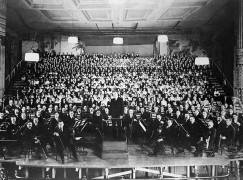
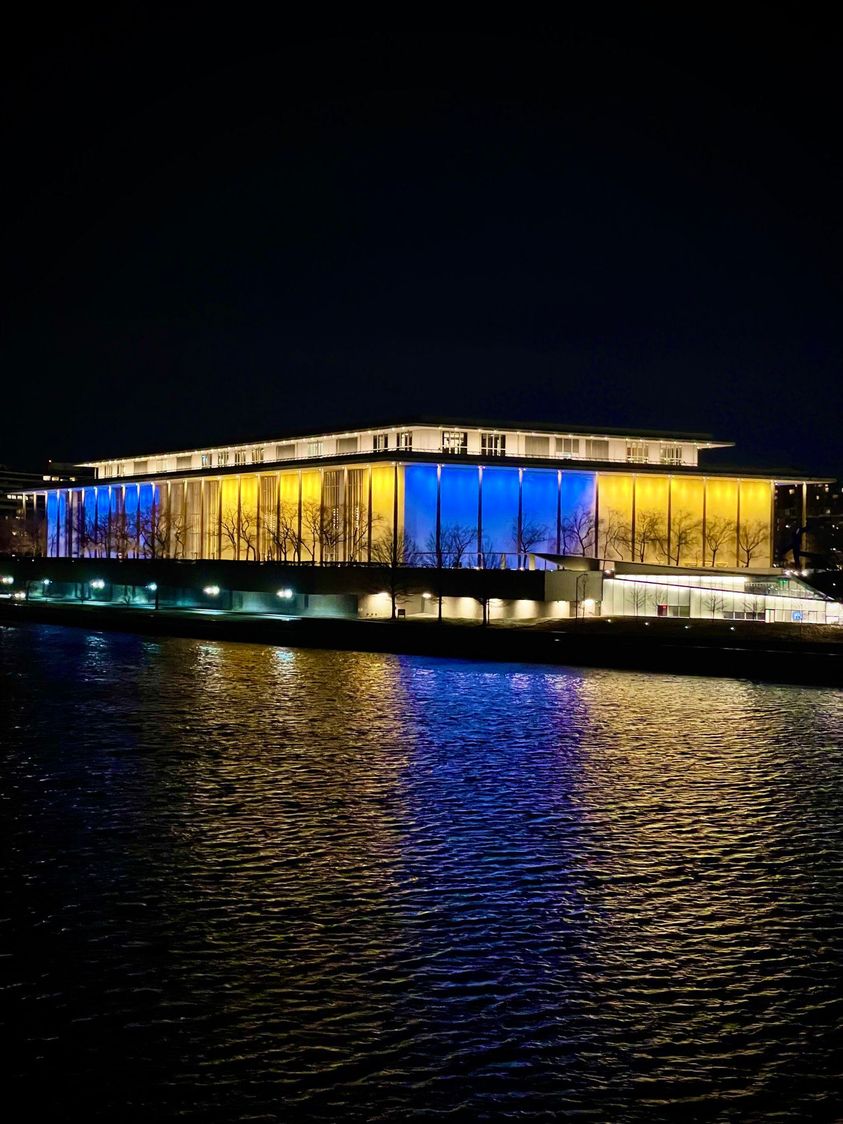
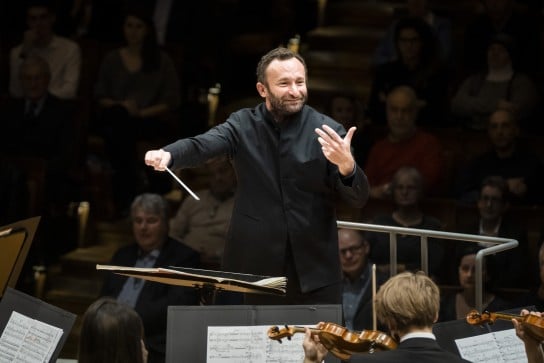
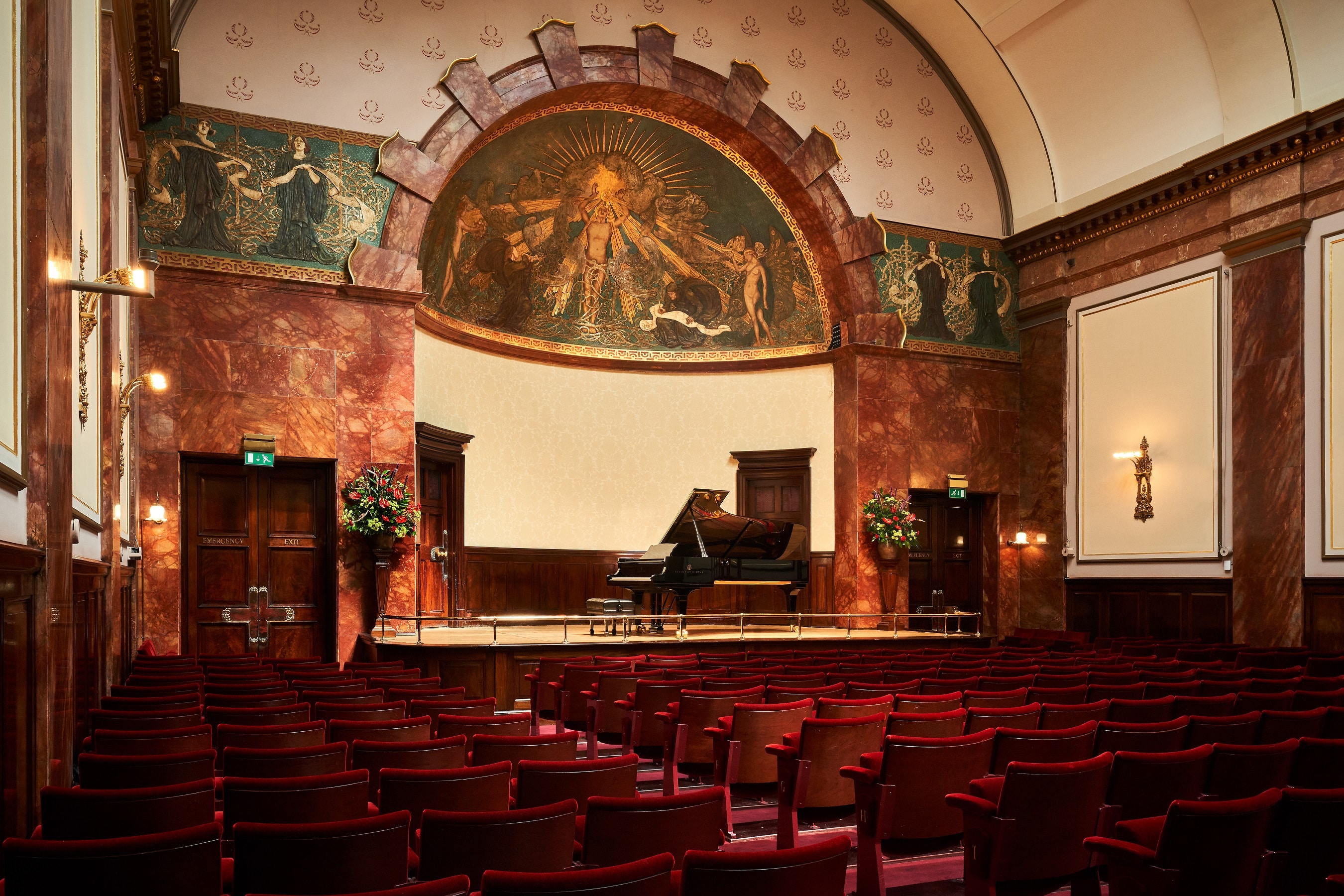

Comments